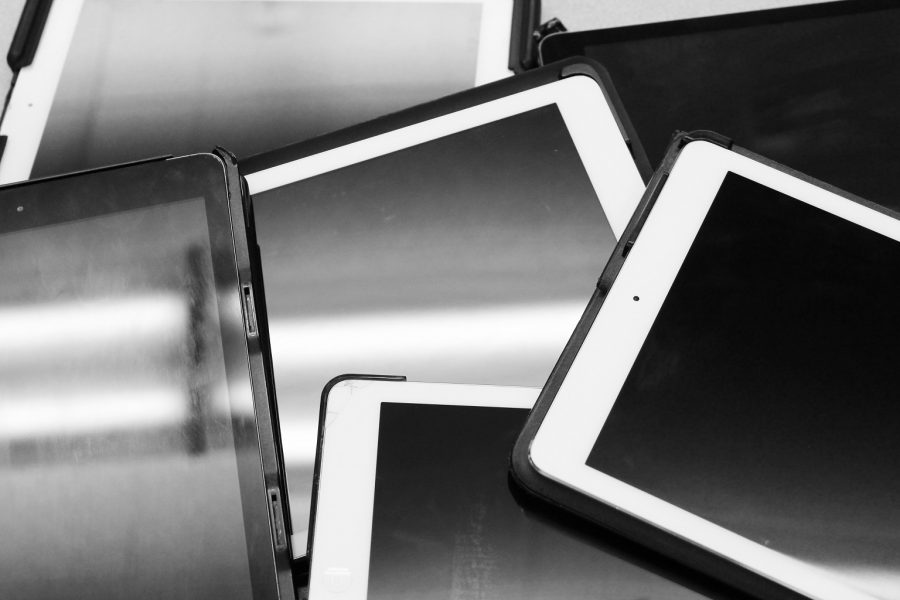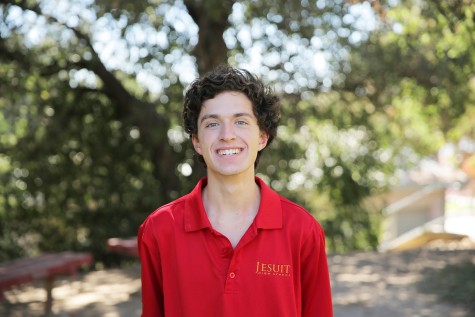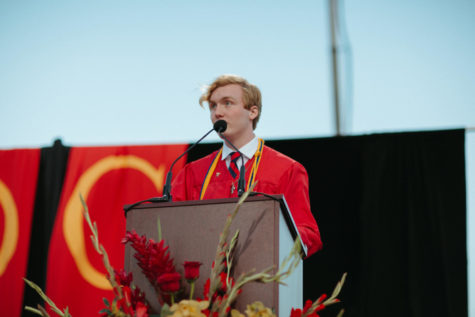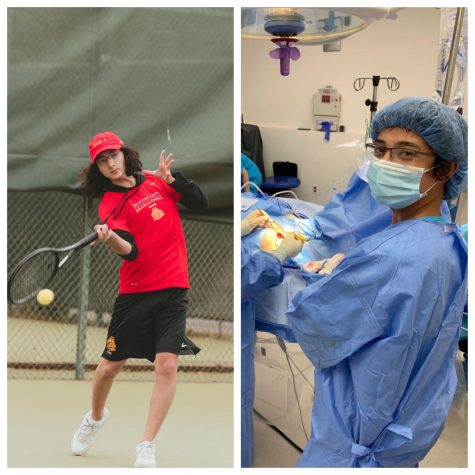Screening a new era
After four years, Jesuit High School’s one-to-one iPad program is no more. Beginning in the 2017-2018 school year, families will choose the device that their son brings to school. The primary purposes of this change are cost affordability and user comfort level.
The change is based on “the desire for students to be able to produce original work, customize their learning experience, [and fulfill] the budgetary realities of each family,” according to a bulletin on jesuithighschool.org.
The one-to-one iPad program has been one of the hallmarks of Jesuit’s modern educational system, requiring students to bring an iPad to school since the 2013-2014 school year. The purpose was to personalize the resources available to students and to prepare students for the rapidly advancing world of technology.
“Before we had students bring their [iPads], their encounters with technology took place almost entirely outside of the classroom,” said Mr. Colin O’Connor ‘04, a member of the Technology Committee involved in the original implementation of the program.
Despite 2012-2013 testings of “iPad carts,” the carts were unwieldy and less efficient than personal devices, and did not provide Jesuit faculty with much insight into how the devices would affect their program. Thus, once the program was implemented, it took both teachers and students a while to adjust.
“[Students] went from having a no-phones policy [on campus] to a one-to-one iPad program in the span of a year or so,” Mr. O’Connor said.
Over the past four years, ten wireless access points on campus became 80. Utilities by Google such as Classroom, Docs, and Drive have served as major staples in Jesuit’s curriculum. Apps such as Hudl help Jesuit students in their athletic efforts, allowing them to keep track of their performance and statistics.
Regarding the newest change in the program, Jesuit is going where no other Jesuit school has gone before.
“We are the only Jesuit high school that has gone from one-to-one iPad program to BYOD (Bring Your Own Device),” Mr. Smith said. “We‘re on our own path.”
One of the most important aspects of this newer transition has been the opportunity for students to choose a device they can work best with.
The school desires a shift in the focus of the program to turn students into individuals capable of creating new content with their devices, ranging from drawn art to programmed software.
“[We want them] to be able to develop their own experience of how they learn at Jesuit High School,” Mr. Smith said.
This new era of technology at Jesuit ushers in the second phase of the individualized device program, with hopes of an improved facility for students and teachers alike.







